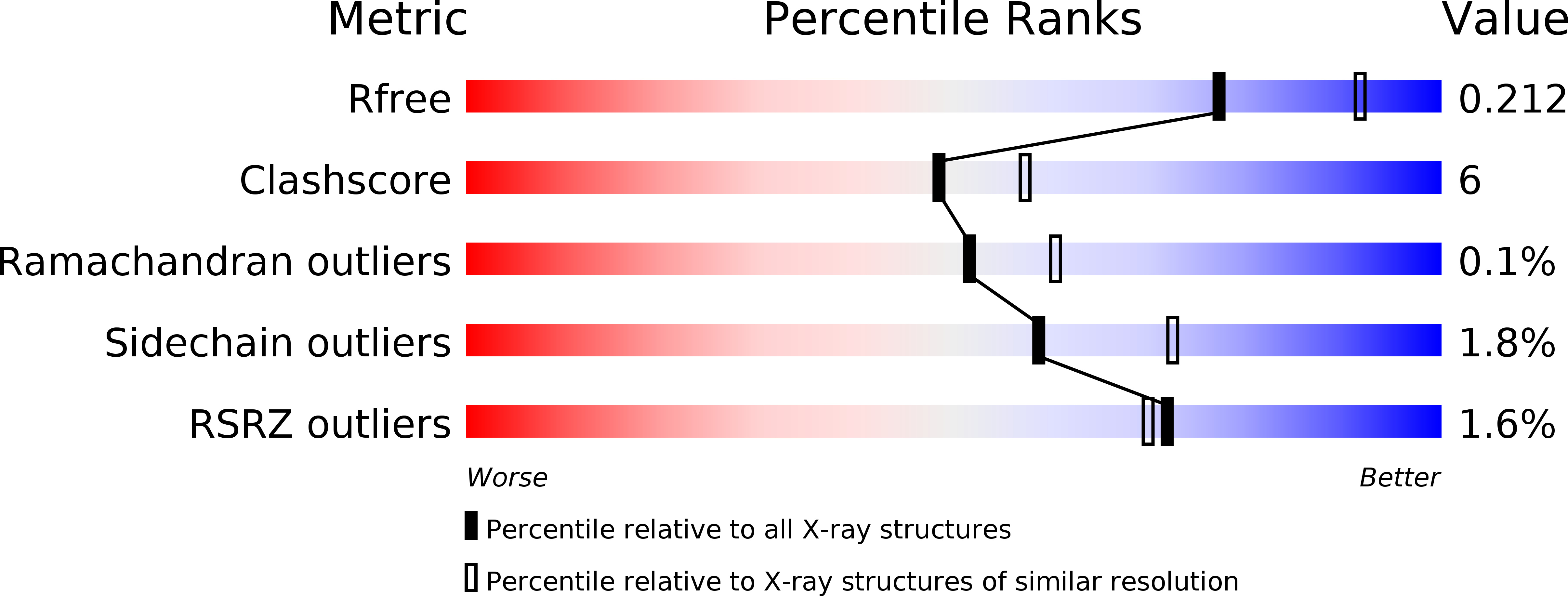
Deposition Date
2002-09-10
Release Date
2002-09-25
Last Version Date
2024-02-14
Entry Detail
PDB ID:
1MP0
Keywords:
Title:
Binary Complex of Human Glutathione-Dependent Formaldehyde Dehydrogenase with NAD(H)
Biological Source:
Source Organism:
Homo sapiens (Taxon ID: 9606)
Host Organism:
Method Details:
Experimental Method:
Resolution:
2.20 Å
R-Value Free:
0.21
R-Value Work:
0.18
R-Value Observed:
0.18
Space Group:
P 43 21 2


